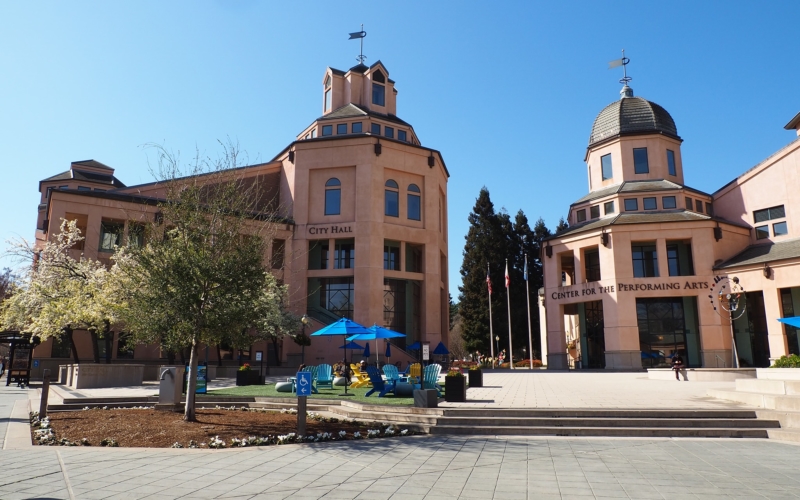An update about MVPD’s radio system
We wanted to provide an update to you regarding our radio system that we use to communicate sensitive, private information in the course of duties.
Our department is authorized by the California Department of Justice (CA DOJ) to access CLETS, which stands for the California Law Enforcement Telecommunications System. This is a computer network that provides law enforcement and criminal justice agencies with access to a variety of databases that contain data such as a person’s criminal history, criminal record, and driving record information. One way that officers access CLETS is using our police radio system called SVRIA (Silicon Valley Regional Interoperability Authority). This is the shared digital radio system that every police and fire department uses in Santa Clara County.
An example of how the police department uses this system would be when an officer makes a traffic stop on a car for a moving violation and needs to verify that the driver has a valid license and is not wanted. In order to accomplish this, the officer provides personally identifiable information (PII), most often from a driver’s license, over the radio to the emergency communication dispatchers so they can verify this information in the system (CLETS). Currently the main radio channel is not encrypted and anyone with a commercial scanner or a smartphone scanning app can listen and take down this information.
Recently, the California Department of Justice notified every police department in the State of a policy update that mandates the transmission of sensitive personally identifiable information (also known as PII) be encrypted. The purpose of the mandate is to protect the privacy and identity of any person whose information is broadcast over the air. This serves to not only prevent potential identity theft, but also to give privacy to victims of crime.
We have evaluated potential alternatives like using a separate encrypted channel or cell phones to check PII information, but this is operationally difficult as it would require additional staffing in the emergency communications center to monitor an additional radio channel. Furthermore, it is important for safety reasons that officers and supervisors have situational awareness of multiple incidents going on at any given time and are adept at doing this when everyone is on the same radio channel.
For example, an officer stops someone and checks their information over the air to then be told by the dispatcher that the person is a wanted felon considered armed and dangerous. This type of information is critical to know, not only for the officer dealing with the person, but also to others working in the city so they can instantly respond and assist.
Currently, the San Jose, Morgan Hill, Sunnyvale and Palo Alto police departments have made the switch to encrypted radio channels. MVPD plans on making the transition in March 2021. Every law enforcement agency within Santa Clara County will be switched over to encrypted transmissions by the end of this year.
We understand the concerns expressed by local journalists who cover our region, particularly as incidents break and they work to gather information to help disseminate to our residents in a timely fashion. We want to assure our local media market that we will continue to be transparent regarding all incidents that may garner public interest. We will continue to post our police call logs, which are publicly accessible, on our website at mvpd.gov. We will continue to post on our social media channels calls and cases of public interest, and our public information officer Katie Nelson, who is a former journalist, will continue to be timely and responsive to all media inquiries. She is available 24/7 on her cell phone and via email at policepio@mountainview.gov. We will continue to have an interactive crime map, on CityProtect.com, that allows for anyone who wants to view calls in our city to have access to that information as well. Journalists, as well as community members, can reach out to our PIO at any time to get a synopsis of an incident.
We will also continue to look at ways to even further enhance access to call and case information that our local journalists may need.
We will have more to share on when the encryption process will begin, and how that will look, in the coming weeks. We will be providing those additional details both to our community, and to local journalists.






